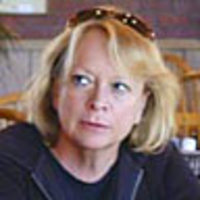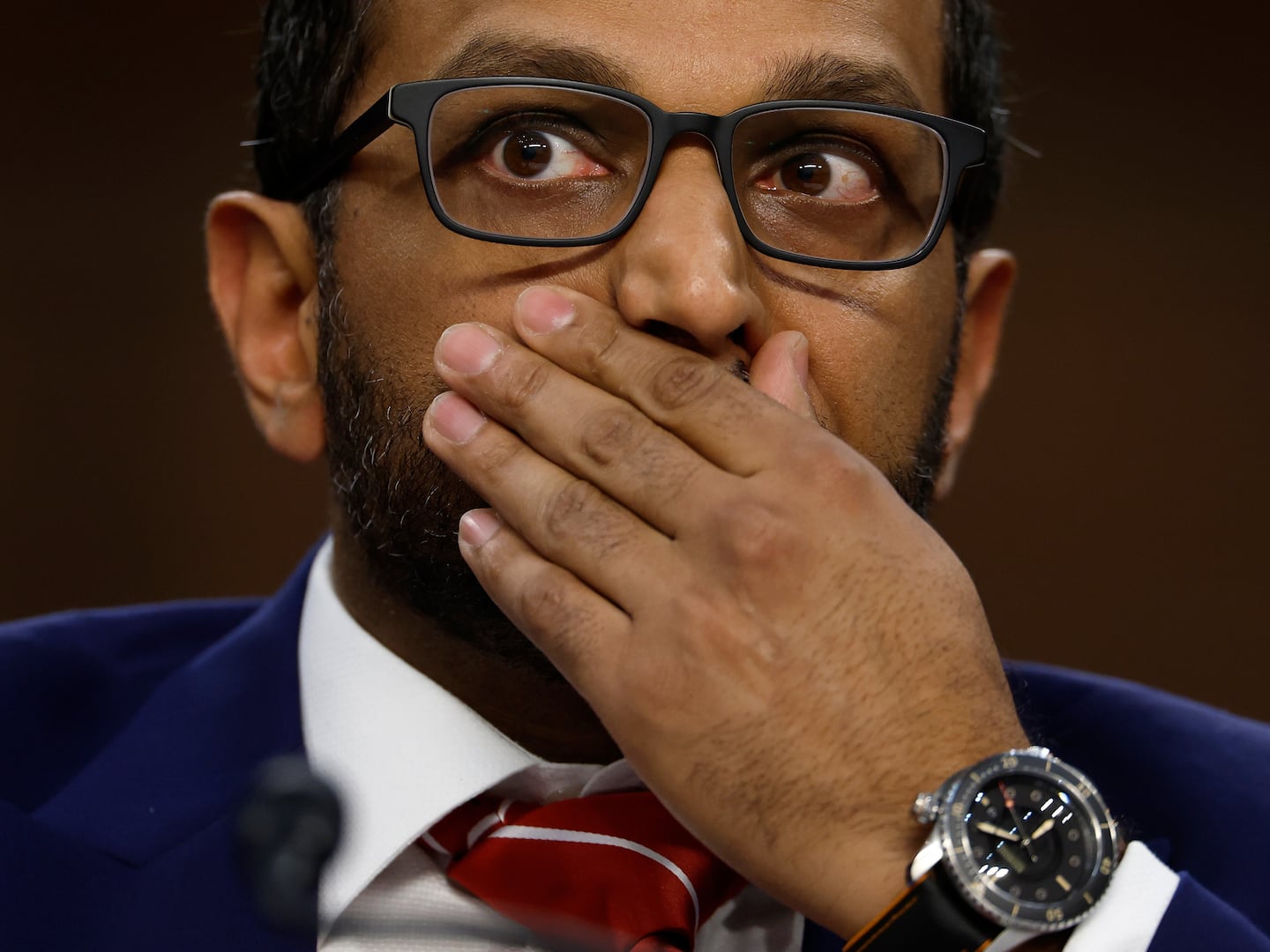Much critical attention has been paid to influences on Nathan Englander’s second short story collection, What We Talk About When We Talk About Anne Frank—in particular on the title story, which begs such interpretation: Englander adapts an iconic Raymond Carver story (“What We Talk About When We Talk About Love”) for its title, and also invokes Anne Frank, the literary icon whose diary shaped our understanding of the Holocaust.
When I asked him about these influences, he also mentioned Philip Roth’s The Ghost Writer, which he called “a survival guide for young writers. There’s the young writer, the older writer. And then there’s Anne Frank.” In the 1979 novel, Roth’s alter ego, Nathan Zuckerman, the inventive younger writer, continues Anne Frank’s diary, writing as if she had survived the camps and secretly taken on the identity of the young assistant/mistress of the older writer he idolizes (Zuckerman also fictionalizes her reaction to the publication of the diary and its adaptation to Broadway).
“You get the influences you need,” Englander told me. “Philip Roth has been a huge influence on me. The early books, I read in my teens and twenties.” (Englander on those books here)
And then there’s Carver. In the Carver story, two married couples get sloshed around the kitchen table in Albuquerque, raising questions about passion, fidelity, abuse, grief. In the Englander story, two former yeshiva girlfriends from Forest Hills and their husbands sit around a kitchen table in a South Florida suburb. Lauren, now Shoshanna, is Hasidic, living in Jerusalem with Mark, now Yerucham, and their ten daughters. Deb and her husband, who narrates the story, are secular. The two couples talk, drink, and smoke dope.
“When I was writing, I was layering over the Carver story,” Englander said. “I had the memory of that story. I could see the light changing and a bottle of gin.”

The two couples get the munchies and invade the pantry. The story begins to vibrate with moral energy as the four play Deb’s “Anne Frank game”—or “what we talk about when we talk about Anne Frank,” speculating about who might shelter them in the event of a second Holocaust.
“I’m interested in moral questions,” Englander said. “People practicing what they preach.”
Despite these inspirations, which help give the story its shape, “What We Talk about When We Talk about Anne Frank” is intensely personal. And it is, at heart, a Nathan Englander story, drawn from empathetic observations and questions without easy answers.
“That story has been kicking around in my head for 20 years,” Englander said. It began when he was growing up in an Orthodox community in West Hempstead. “This is a game my sister and I played years ago. It’s not a game. It stayed with me for two decades. At some point the things that are so personal in our own homes take on a different meaning.” (That’s his sister’s pantry in the concluding scene.)
At one point, the narrator, the most secular of the four, calls his wife’s preoccupation with the Holocaust “an active pathology I prefer not to indulge.” Yuri, the most conservative, calls intermarriage “the Holocaust that’s happening now.” The tension in the story comes from the range of attitudes among the four characters—toward the Israeli occupation, assimilation, Jewish identity, the Holocaust. These concerns linger throughout the collection.
“Sister Hills” covers the years from 1973, when men from two Israeli households—the first two families to settle on two hills east of Jerusalem-- leave their wives behind to fight in the Yom Kippur war, to the present century, when the sister hills “cap a metropolis.” The story revolves around the two women who were the original settlers. One loses her husband and her three sons. When the last son dies in 2000, she demands that the other woman fulfill a promise made in 1973 to give her the eldest of her nine children, a daughter she helped save from death. A rabbinical court takes on the case.
“It’s a fable,” said Englander. “There’s no historical anchor. I just thought, What if I did the whole history of the settlement movement in one short story?
“I didn’t sleep the night I finished ‘Sister Hills.’ It was so unsettling. I felt really wild. I didn’t have a clue. It’s a very loaded subject and I did not know what I had. I was interested in watching how choices unfold over time. It’s a story that’s raising questions. And once again, I’m focused on the question of morality, the idea of the contracts and obligations people have toward each other, and how people interpret their contracts.”
There is a surreal quality to other stories—which seems natural to a writer who reveres Gogol’s “The Nose.” In “The Reader,” a veteran novelist finds himself on a book tour where the only person in the audience is an increasingly obsessive reader.
“It’s an empty room story. It’s about the terror of an artist’s life. Why is my dedication any less than yours? the reader asks the writer. I was reading with my friend Etgar Keret in Rome. As we flew in, he said, ‘Will there be a TV crew at the airport, or will we have to hitchhike into town?’ It was a valuable perspective.”
In addition to this collection, Englander has focused on collaborative work in the past several years. He’s created a new translation of the Hagadah, in a project edited by Jonathan Safran Foer, coming out in March. He became what he calls an “accidental playwright” when Nora Ephron encouraged him to translate “The Twenty-seventh Man,” a story from his acclaimed first collection, For the Relief of Unbearable Urges, to the stage ten years ago. He returned to the project after spending a number of years on his novel, The Ministry of Special Cases, and she has mentored him along the way. The play is scheduled for November at the Public Theater. And he’s been translating stories for Keret’s new collection, also due in March, Suddenly, a Knock on the Door, which, he said, is “living for someone else’s language. Etgar’s Hebrew is ‘straight-talk’ Hebrew, slang-heavy. I can hear how it sounds in English.”
With all this hubbub, there will be talk on Twitter.
“I was resistant to the Internet. I was afraid of it. Then about nine months ago I learned it didn’t have to be a moral compact. It’s so much a part of our world.” He’s got a blog, he’s on Tumblr and Twitter. “Twitter is the best art for writers. I find it enticing.”






